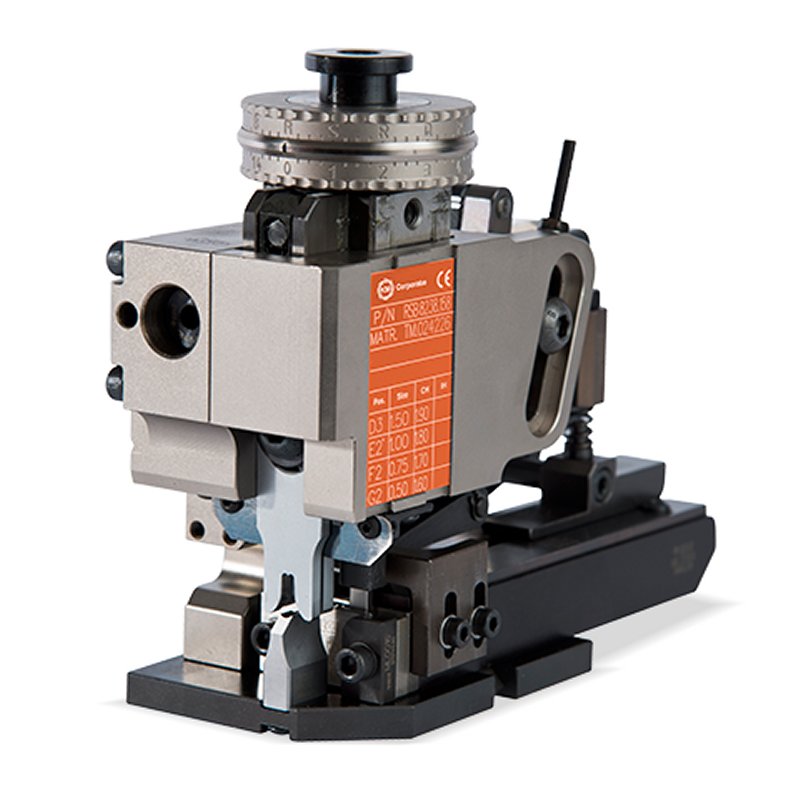In this guide I am going to walk you through the various types of crimp tools and the common terminology used. Many of you will be familiar with this but it’s always good to have a recap.
Hand Crimp tools:
One of the most amazing facts about hand tools is the range of prices being charged. A typical hand tool will range between £30 to £800 and sometimes more.
There are many reasons for the massive range in prices, from the complexity of the dies required to create the perfect crimp to the quality of the tool. Many high-end brands still have their tools made in Switzerland as opposed to mass produced in the Far East.
A cynic would say that in many cases if you look at the low-cost hand tool and the very expensive ones the only difference is the brand name.
There are 3 basic type of hand tools; most manufacturers have a combination of each of these:
- Tools with integral Die Sets
These are often the most cost-effective crimp tools. The Die Set is fixedwithin the frame and is designed to be only used for one specific crimp.
These are by far the most popular hand crimp tools available.

- Crimp Tool Frames with interchangeable Die Sets:
The great thing about tools that you can change the Die Set, is it enables you to have the ability to crimp multiple contacts with the one tool, which theoretically can be more cost effective.
TE Connectivity are one of the biggest mainstream brand that have adopted this model for their hand tools with their Pro Crimper series being the most widespread.


- Mill Spec Crimp Tools
The Mill Spec tools could have a whole article written for them alone however, to keep things simple these tools are specifically designed for circular contacts used in either high end or high-quality contacts.
The Mill Spec tool is unique in the way it operates, for example, although it has a ratchet system, once the crimping process is started you can not stop and must complete the crimp cycle.
Another unique feature of the Mill Spec crimp tool is the use of positioners to make sure the crimp is correctly placed in the tool for exact crimping.
In short, the Mill Spec crimp tool is the ultimate in precision as far as hand tools go!


Crimp Applicators:

Applicators are the most efficient and precise way of crimping. This is due partly to the way the crimp contacts come on a reel and by the fact that they are operated by 5-5 Ton press ensuring the crimp is precise and delivered with the exact amount of force required.
The Applicator will sit in a Press which is either electric or pneumatic, sometimes a combination of both. The press enables the crimps to be delivered to the applicator via the reel of crimps called a bandoleer.

Crimp Presses are usually operated by a foot pedal which is pressed each time the crimp cycle is required by the operator. This enables the operator to have their hands free to deliver the wire to the press in the most efficient way.

The only down side to crimp presses and applicators is the high cost of ownership and that their precision requires regular servicing by only experienced professionals. Therefore, crimp presses and applicators are usually owned by cable assembly specialists or organisations that are mass producing their own cable assemblies in house.
Each crimp applicator usually starts from around £1000 up to multiple £1000’s which is why many companies choose to sub contract their cables and wire harnesses. The sheer investment in tooling required makes more sense to use qualified sub-contractors who have the tooling already.
I hope you have found this guide useful and as always if you want to learn more about crimping and crimping technology then contact us and we will be pleased to help you!!

